Tokyo Imperial Palace
Sep 19, 2019 21:30:47 #
Wikipedia:
The Tokyo Imperial Palace (皇居 Kōkyo, literally 'Imperial Residence') is the primary residence of the Emperor of Japan. It is a large park-like area located in the Chiyoda ward of Tokyo and contains buildings including the main palace (宮殿 Kyūden), the private residences of the Imperial Family, an archive, museums and administrative offices.
It is built on the site of the old Edo Castle. The total area including the gardens is 1.15 square kilometres (0.44 sq mi)[1]. During the height of the 1980s Japanese property bubble, the palace grounds were valued by some to be more than the value of all of the real estate in the state of California.
History:
Edo castle
After the capitulation of the shogunate and the Meiji Restoration, the inhabitants, including the Shōgun Tokugawa Yoshinobu, were required to vacate the premises of the Edo Castle. Leaving the Kyoto Imperial Palace on 26 November 1868, the Emperor arrived at the Edo Castle, made it to his new residence and renamed it to Tōkei Castle (東京城 Tōkei-jō). At this time, Tōkyō had also been called Tōkei. He left for Kyōto again, and after coming back on 9 May 1869, it was renamed to Imperial Castle (皇城 Kōjō).[5]
Previous fires had destroyed the Honmaru area containing the old donjon (which itself burned in the 1657 Meireki fire). On the night of 5 May 1873, a fire consumed the Nishinomaru Palace (formerly the shōgun's residence), and the new imperial Palace Castle (宮城 Kyūjō) was constructed on the site in 1888.
A non-profit "Rebuilding Edo-jo Association" (NPO法人 江戸城再建) was founded in 2004 with the aim of a historically correct reconstruction of at least the main donjon. In March 2013, Naotaka Kotake, head of the group, said that "the capital city needs a symbolic building", and that the group planned to collect donations and signatures on a petition in support of rebuilding the tower. A reconstruction blueprint had been made based on old documents. The Imperial Household Agency at the time had not indicated whether it would support the project.
The Old palace:
The Kyūden (宮殿) shortly after its completion in the late 1800s
Meiji-era palace structures, destroyed during World War II
Imperial Palace in Tokyo 1908:
In the Meiji period, most structures from the Edo Castle disappeared. Some were cleared to make way for other buildings while others were destroyed by earthquakes and fire. For example, the wooden double bridges (二重橋 Nijūbashi) over the moat were replaced with stone and iron bridges. The buildings of the Imperial Palace constructed in the Meiji era were constructed of wood. Their design employed traditional Japanese architecture in their exterior appearance while the interiors were an eclectic mixture of then-fashionable Japanese and European elements. The ceilings of the grand chambers were coffered with Japanese elements; however, Western chairs, tables and heavy curtains furnished the spaces. The floors of the public rooms had parquets or carpets while the residential spaces used traditional tatami mats.
The main audience hall was the central part of the palace. It was the largest building in the compound. Guests were received there for public events. The floor space was more than 223 tsubo or approximately 737.25 m2 (7,935.7 sq ft). In the interior, the coffered ceiling was traditional Japanese-style, while the floor was parquetry. The roof was styled similarly to the Kyoto Imperial Palace, but was covered with (fireproof) copper plates rather than Japanese cypress shingles.
In the late Taishō and early Shōwa period, more concrete buildings were added, such as the headquarters of the Imperial Household Ministry and the Privy Council. These structures exhibited only token Japanese elements.
From 1888 to 1948, the compound was called Palace Castle (宮城 Kyūjō). On the night of 25 May 1945, most structures of the Imperial Palace were destroyed in the Allied firebombing raid on Tokyo. According to the US bomber pilot Richard Lineberger, Emperor's Palace was the target of their special mission on July 29, 1945, and was hit with 2000-pound bombs.[9][10] In August 1945, in the closing days of World War II, Emperor Hirohito met with his Privy Council and made decisions culminating in the surrender of Japan at an underground air-raid shelter on the palace grounds referred to as His Majesty's Library (御文庫附属室 Obunko Fuzokushitsu).
Due to the large-scale destruction of the Meiji-era palace, a new main palace hall (宮殿 Kyūden) and residences were constructed on the western portion of the site in the 1960s. The area was renamed Imperial Residence (皇居 Kōkyo) in 1948, while the eastern part was renamed East Garden (東御苑 Higashi-Gyoen) and became a public park in 1968.
Hi,
Hope you will enjoy some of the pictures I took in 2007 around Tokyo Imperial Palace.
The Tokyo Imperial Palace (皇居 Kōkyo, literally 'Imperial Residence') is the primary residence of the Emperor of Japan. It is a large park-like area located in the Chiyoda ward of Tokyo and contains buildings including the main palace (宮殿 Kyūden), the private residences of the Imperial Family, an archive, museums and administrative offices.
It is built on the site of the old Edo Castle. The total area including the gardens is 1.15 square kilometres (0.44 sq mi)[1]. During the height of the 1980s Japanese property bubble, the palace grounds were valued by some to be more than the value of all of the real estate in the state of California.
History:
Edo castle
After the capitulation of the shogunate and the Meiji Restoration, the inhabitants, including the Shōgun Tokugawa Yoshinobu, were required to vacate the premises of the Edo Castle. Leaving the Kyoto Imperial Palace on 26 November 1868, the Emperor arrived at the Edo Castle, made it to his new residence and renamed it to Tōkei Castle (東京城 Tōkei-jō). At this time, Tōkyō had also been called Tōkei. He left for Kyōto again, and after coming back on 9 May 1869, it was renamed to Imperial Castle (皇城 Kōjō).[5]
Previous fires had destroyed the Honmaru area containing the old donjon (which itself burned in the 1657 Meireki fire). On the night of 5 May 1873, a fire consumed the Nishinomaru Palace (formerly the shōgun's residence), and the new imperial Palace Castle (宮城 Kyūjō) was constructed on the site in 1888.
A non-profit "Rebuilding Edo-jo Association" (NPO法人 江戸城再建) was founded in 2004 with the aim of a historically correct reconstruction of at least the main donjon. In March 2013, Naotaka Kotake, head of the group, said that "the capital city needs a symbolic building", and that the group planned to collect donations and signatures on a petition in support of rebuilding the tower. A reconstruction blueprint had been made based on old documents. The Imperial Household Agency at the time had not indicated whether it would support the project.
The Old palace:
The Kyūden (宮殿) shortly after its completion in the late 1800s
Meiji-era palace structures, destroyed during World War II
Imperial Palace in Tokyo 1908:
In the Meiji period, most structures from the Edo Castle disappeared. Some were cleared to make way for other buildings while others were destroyed by earthquakes and fire. For example, the wooden double bridges (二重橋 Nijūbashi) over the moat were replaced with stone and iron bridges. The buildings of the Imperial Palace constructed in the Meiji era were constructed of wood. Their design employed traditional Japanese architecture in their exterior appearance while the interiors were an eclectic mixture of then-fashionable Japanese and European elements. The ceilings of the grand chambers were coffered with Japanese elements; however, Western chairs, tables and heavy curtains furnished the spaces. The floors of the public rooms had parquets or carpets while the residential spaces used traditional tatami mats.
The main audience hall was the central part of the palace. It was the largest building in the compound. Guests were received there for public events. The floor space was more than 223 tsubo or approximately 737.25 m2 (7,935.7 sq ft). In the interior, the coffered ceiling was traditional Japanese-style, while the floor was parquetry. The roof was styled similarly to the Kyoto Imperial Palace, but was covered with (fireproof) copper plates rather than Japanese cypress shingles.
In the late Taishō and early Shōwa period, more concrete buildings were added, such as the headquarters of the Imperial Household Ministry and the Privy Council. These structures exhibited only token Japanese elements.
From 1888 to 1948, the compound was called Palace Castle (宮城 Kyūjō). On the night of 25 May 1945, most structures of the Imperial Palace were destroyed in the Allied firebombing raid on Tokyo. According to the US bomber pilot Richard Lineberger, Emperor's Palace was the target of their special mission on July 29, 1945, and was hit with 2000-pound bombs.[9][10] In August 1945, in the closing days of World War II, Emperor Hirohito met with his Privy Council and made decisions culminating in the surrender of Japan at an underground air-raid shelter on the palace grounds referred to as His Majesty's Library (御文庫附属室 Obunko Fuzokushitsu).
Due to the large-scale destruction of the Meiji-era palace, a new main palace hall (宮殿 Kyūden) and residences were constructed on the western portion of the site in the 1960s. The area was renamed Imperial Residence (皇居 Kōkyo) in 1948, while the eastern part was renamed East Garden (東御苑 Higashi-Gyoen) and became a public park in 1968.
Hi,
Hope you will enjoy some of the pictures I took in 2007 around Tokyo Imperial Palace.
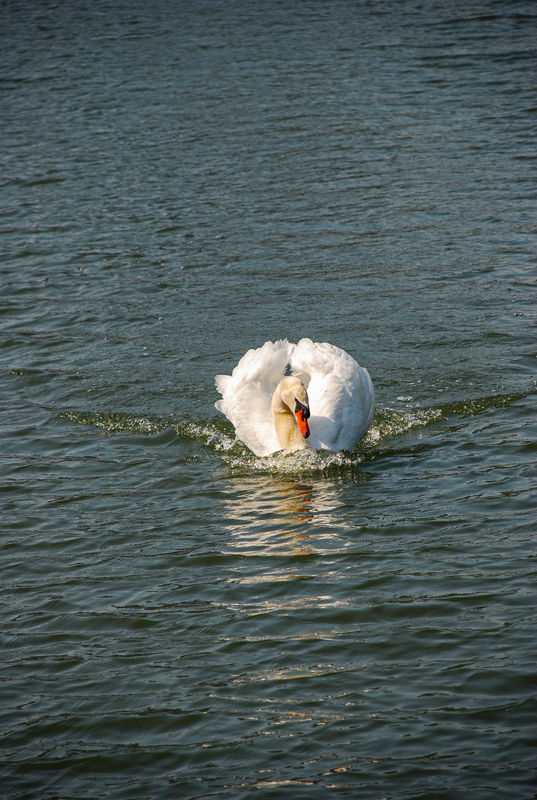
(Download)
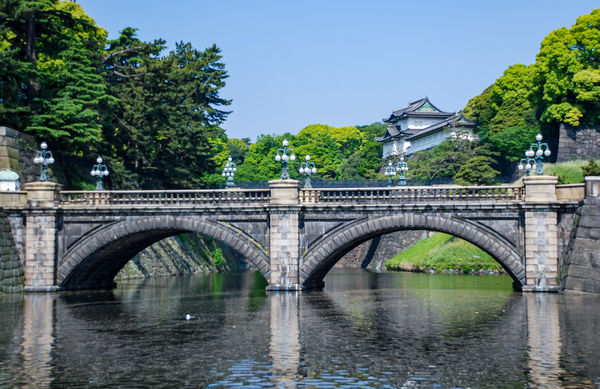
(Download)
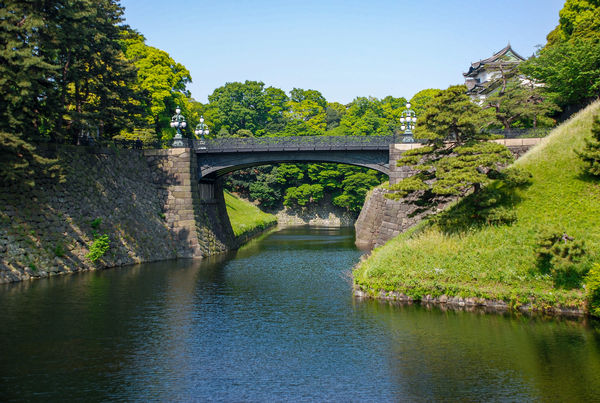
(Download)
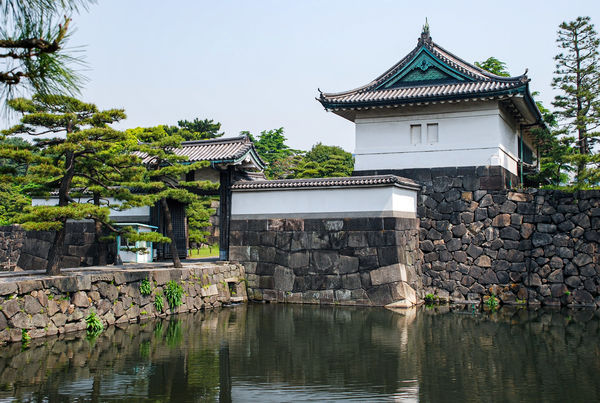
(Download)
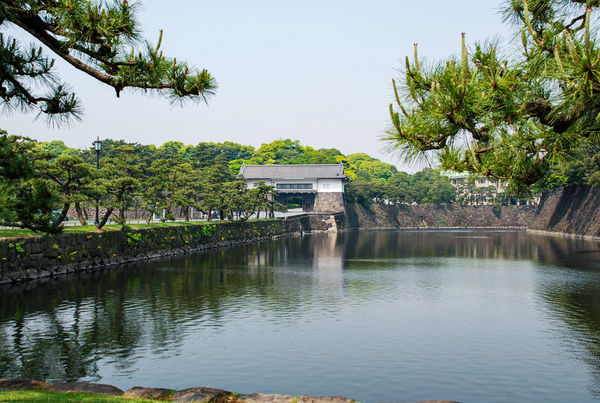
(Download)
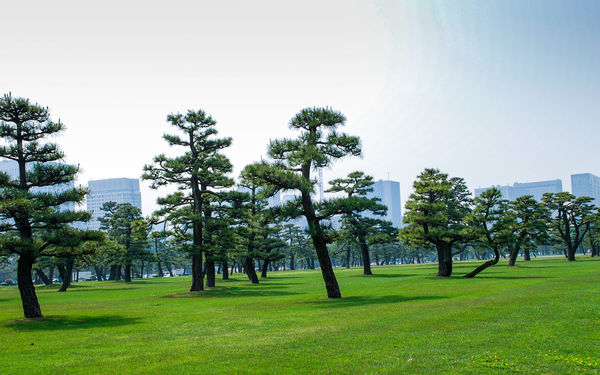
(Download)
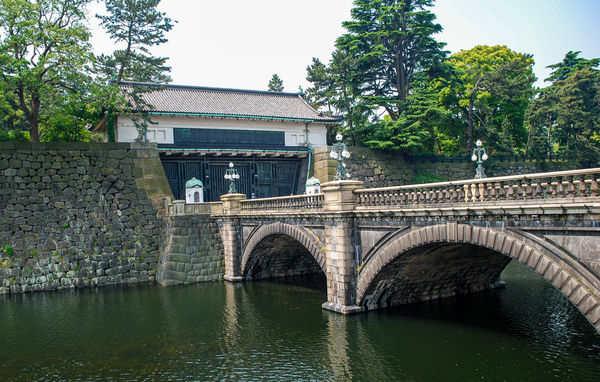
(Download)
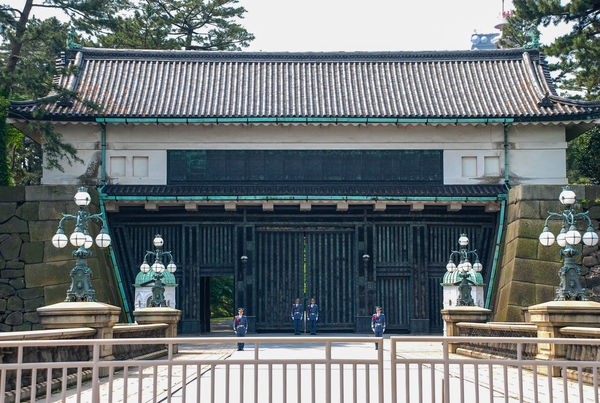
(Download)
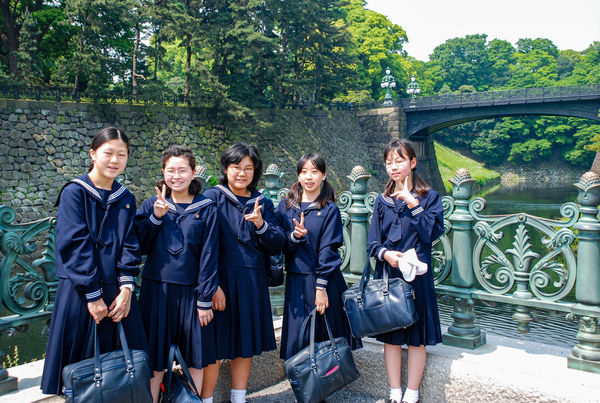
(Download)
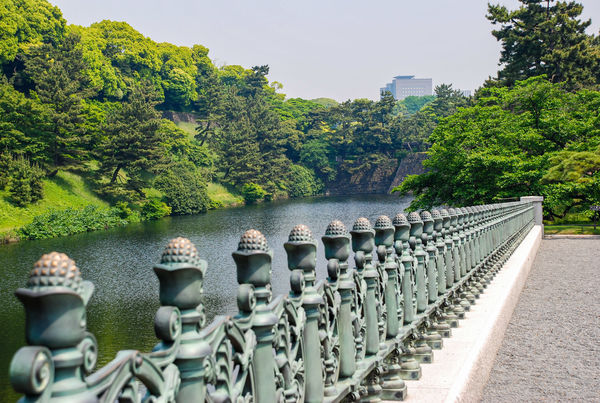
(Download)
Sep 19, 2019 21:35:01 #
Sep 19, 2019 21:53:07 #
Saigon wrote:
Wikipedia: br br The Tokyo Imperial Palace (皇居 Kō... (show quote)
You are a great story teller and outstanding documentation photographer. Thanks for sharing your words and images.
Sep 19, 2019 22:01:39 #
Saigon wrote:
Wikipedia: br br The Tokyo Imperial Palace (皇居 Kō... (show quote)
Thank you for another marvelous set of images, Saigon. I love the swan.





Sep 19, 2019 23:33:46 #
Sep 20, 2019 05:41:21 #
Sep 20, 2019 07:39:18 #
Sep 20, 2019 09:55:35 #
What an incredible place. I love Japanese Gardens & Architecture.
Thanks Saigon.
Thanks Saigon.
Sep 20, 2019 10:04:28 #
Sep 20, 2019 10:04:56 #
PixelStan77 wrote:
You are a great story teller and outstanding documentation photographer. Thanks for sharing your words and images.
Thanks so much for your appreciation....

Sep 20, 2019 10:05:14 #
Annie-Get-Your-Gun wrote:
Thank you for another marvelous set of images, Saigon. I love the swan. 









Thanks Annie-Get-Your-Gun!
Sep 20, 2019 10:05:28 #
Sep 20, 2019 10:05:48 #
Sep 20, 2019 10:06:06 #
Sep 20, 2019 10:06:44 #
Blair Shaw Jr wrote:
What an incredible place. I love Japanese Gardens & Architecture.
Thanks Saigon.
Thanks Saigon.
Thanks....Aren't they perfectionist?

If you want to reply, then register here. Registration is free and your account is created instantly, so you can post right away.







